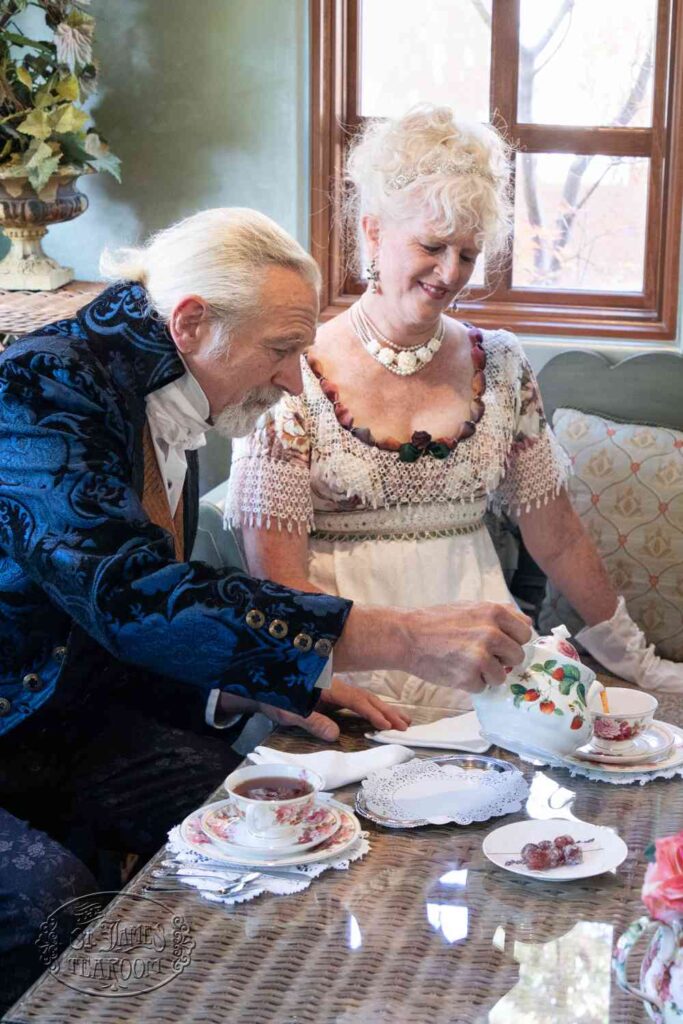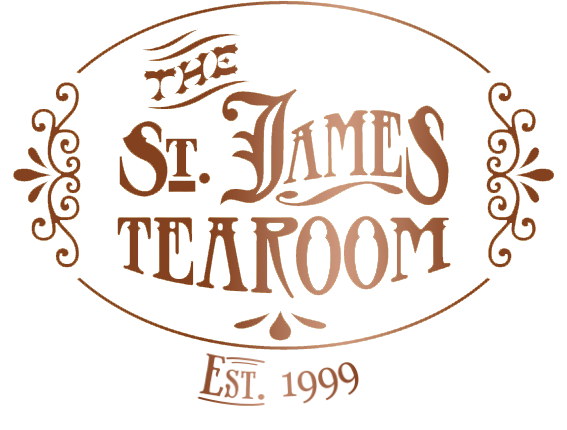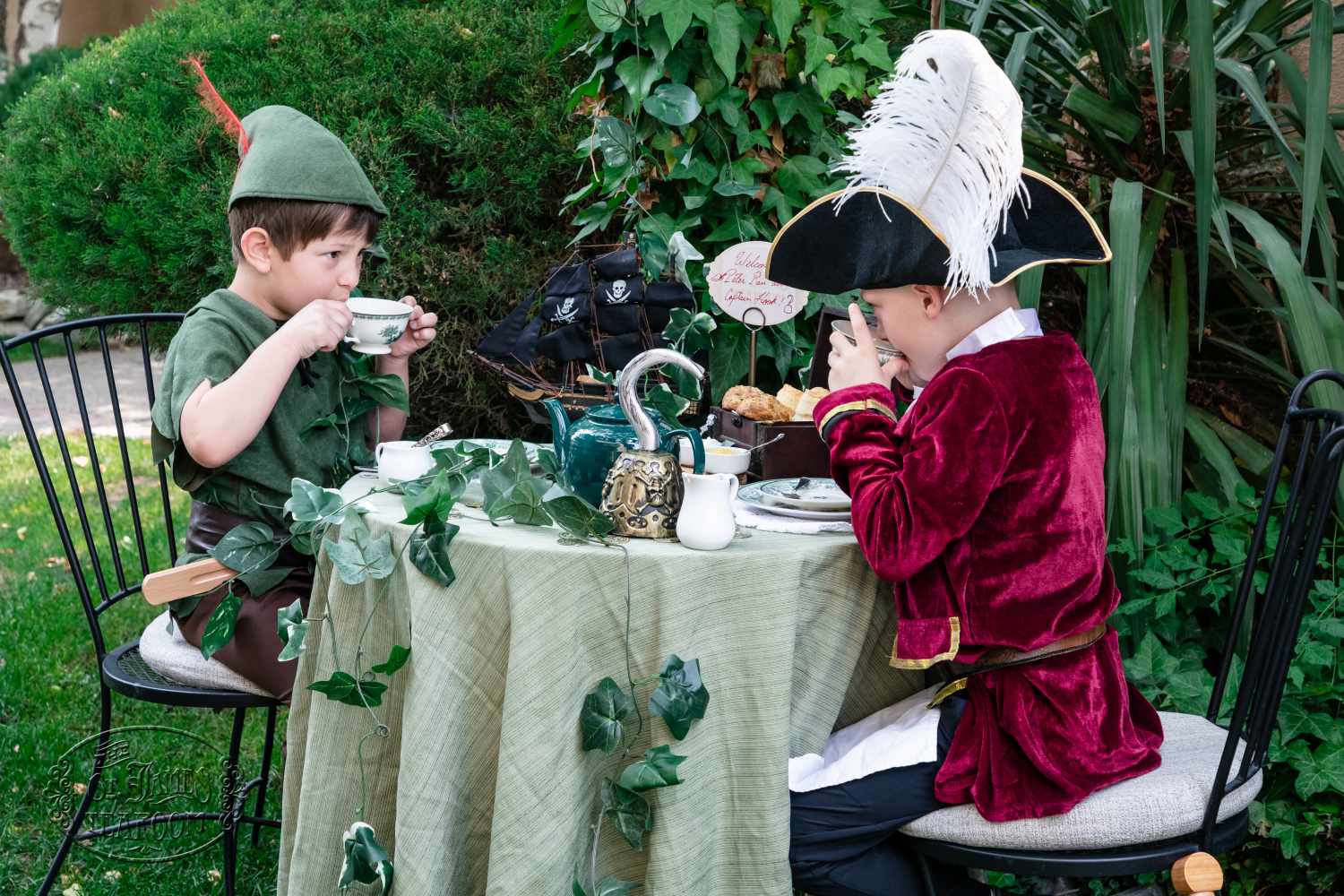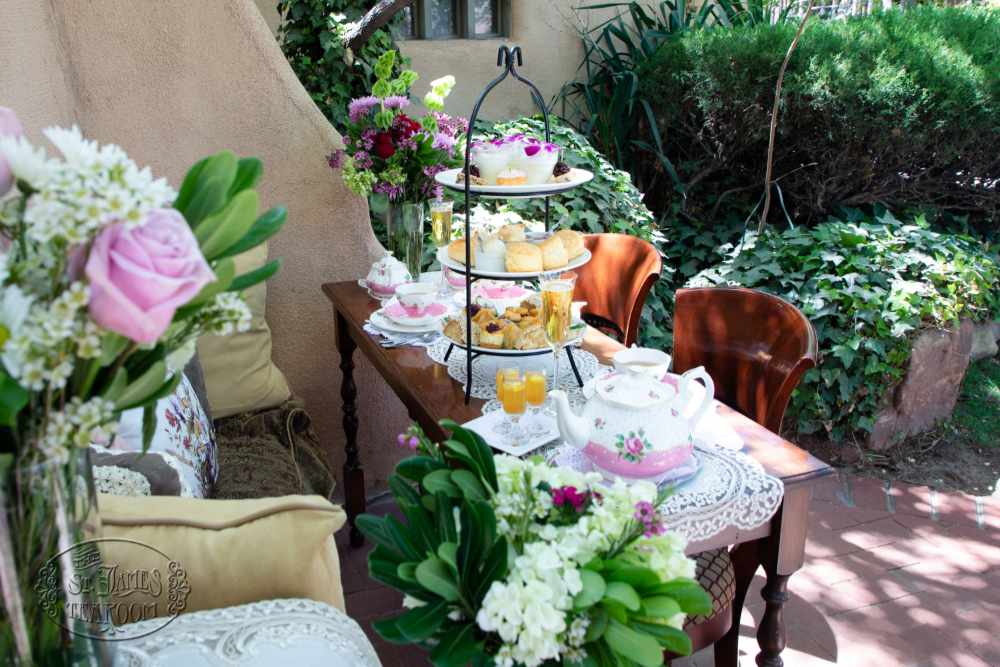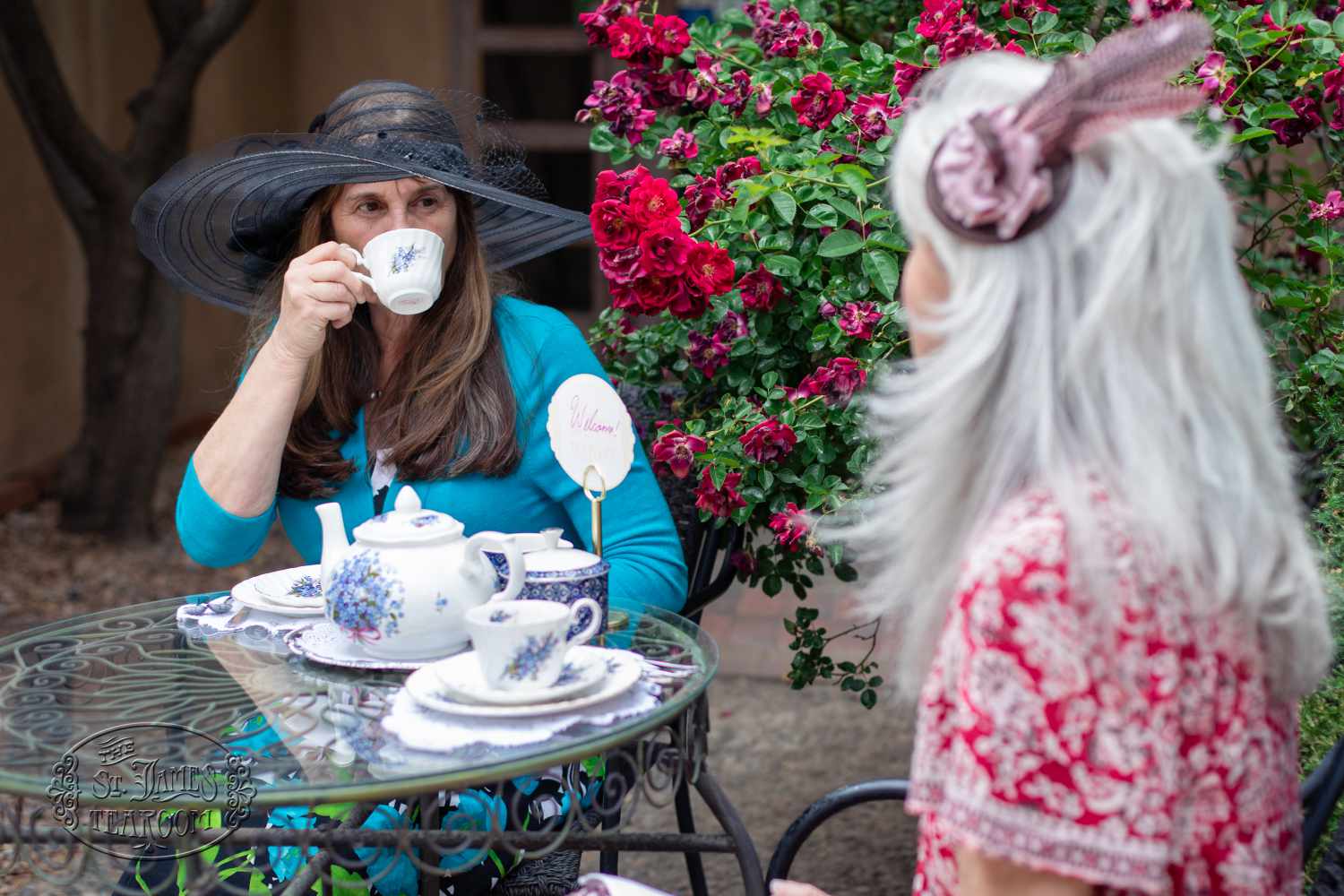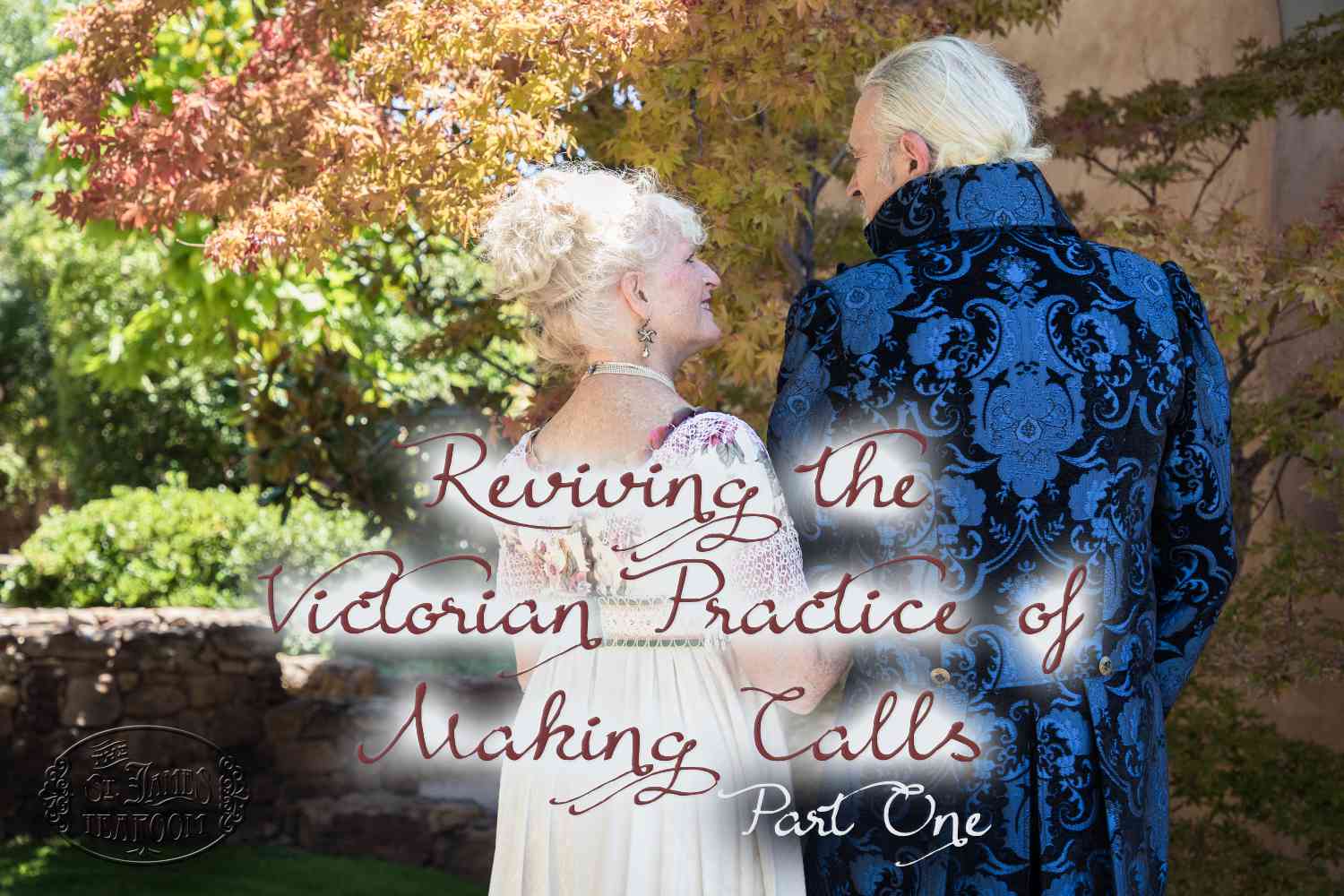
Reviving the Victorian Practice of Making Calls – Part One
The practice of “calling” upon one’s friends and acquaintances in days gone by seems to our modern sensibilities as charming, but entirely irrelevant for our own way of life. Is it possible that this quaint Victorian pastime could have any social applicability in our day and age?

What was this old-fashioned social ritual of making calls?
During the Victorian and Regency eras—in middle class England and America, the lady of the house would choose and make known a few hours in the week when she was “at home” and available to receive visitors. Often these At Home hours would be engraved on her calling card. For instance, beneath her name, her card might also have engraved “At Home Thursday.” Everyone knew this meant that between the hours of three o’clock and five o’clock on Thursday afternoons, she would be home and glad to see them. It was an intimate and open invitation to visit on any Thursday afternoon. She had set aside time to gladly receive you.
Ladies and gentlemen, friends and acquaintances, mothers and their nearly-grown daughters knew what a “call” entailed. First of all, it was short and sweet—fifteen to twenty minutes. The point was not a long heart-to-heart, but it was a brief and pleasant means of staying connected, a face-to-face means of letting others know their importance to each other. It was a genial way of prioritizing relationships without being overmuch. Their social connections were this important!
Both hostess and callers lent significance to the occasion by their attire. Ladies wore special garb known as a visiting toilette which included a fine dress for daytime wear, hat, gloves, and parasol. Gentlemen made calls dressed in a proper suit, hat, and gloves.

“Calling” was a social ritual, one of the many courtesies of society in that era whereby one could keep one’s relationships alive and flourishing. It was face-to-face interaction, being truly present to one another, communicating in a very real way that “I am here because you are important to me.”
Now don’t you wish we had a little bit more of this today? “Social interaction” on a device is not worthy of comparison.
It’s true, “calling” took some time and effort, but in doing so, much honor and great value were placed on relationships. Do we want more of this, or are we content to slip into easy and convenient aloneness? We answer this question with every interaction we have, or avoid, with others.

Curious about how “calling” could be relevant to us today or looking for modern-day examples to spark ideas for you? Read Reviving the Victorian Practice of Making Calls: Part Two and Part Three of this Blog Series.
Yours for the return of Grace, Civility, Beauty, Gentility, and Excellence,
Mary Alice

